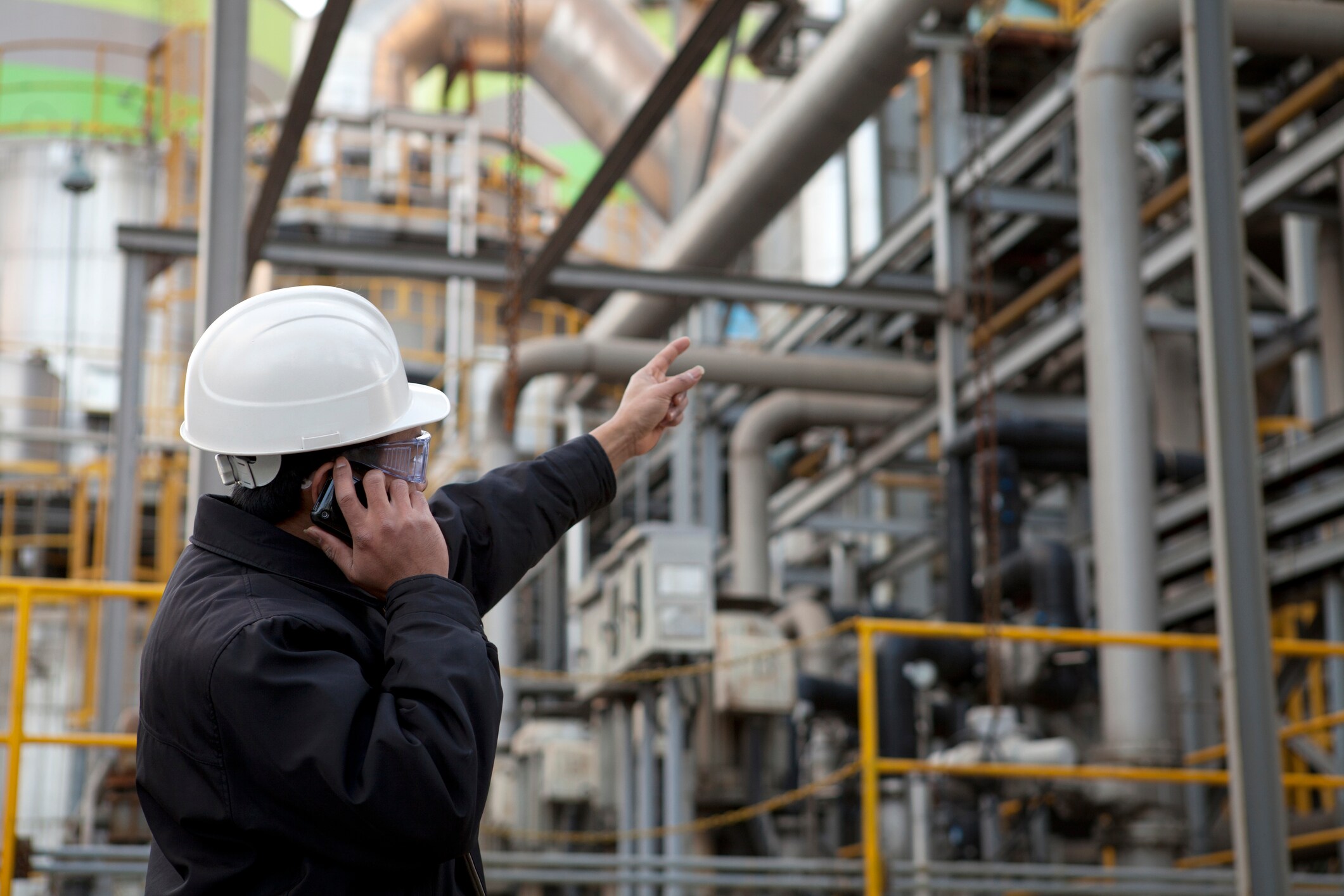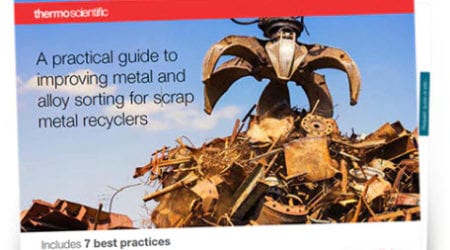 Editor’s Note: During the month of March, we are focusing our attention on positive material identification (PMI) in the oil and gas industry.
Editor’s Note: During the month of March, we are focusing our attention on positive material identification (PMI) in the oil and gas industry.
Petroleum refining and petrochemical industries continue to be of central importance to the global economy, delivering products such as gasoline, diesel, heating fuel, rubber, plastic, detergents, fertilizers, solvents, cosmetics, and many more indispensible consumables. Refineries and petrochemical plants may be considered among the most prized industrial assets in the world. In fact, the administrative spokesperson from the the US Energy Information Administration (EIA) revealed that its reported projections show how advances in technology are “driving oil and natural gas production, renewables penetration, and demand-side efficiencies and reshaping the energy future.” (Read more about unconventional oil exploration.)
That’s great for the energy industry; however, the hydrocarbon processing business is also a high-hazard industry in that there are potential exposures to risk in all operations due to the nature of the materials being extracted, transported and processed.
Health and safety is the number one priority for the petroleum refining and petrochemical industry. Across the global oil and gas industry, considerable effort has been focused on minimizing the risk of personnel exposure and equipment loss by preventing the release of highly hazardous chemicals and toxic substances. Fatal accidents and injuries, as well as leaks, premature pipe replacements, loss of property, and unplanned outages at refineries, chemical plants, and gas processing facilities often can be traced back to equipment failures caused by inadvertent substitution of construction materials.
Mechanical integrity consistently remains a contributing factor and enforcement of policies such as 29 CFR 1910.119, Process Safety Management of Highly Hazardous Chemicals, issued by the Occupational Health and Safety Administration (OSHA), identifies certain requirements for preventing or minimizing the consequences of catastrophic releases. Such leaks are often caused by two types of corrosion of steel piping and equipment.
When exposed to hydrocarbon containing sulfur compounds at elevated temperatures, carbon steels with low silicon content (<0.10%) can corrode at an accelerated rate. Sulfidation thins the pressure boundary wall and can result in a leak releasing highly hazardous chemicals to the atmosphere. API RP 939C Guidelines for Avoiding Sulfidation (Sulfidic) Corrosion Failures in Oil Refineries recognizes implementing Retrospective PMI into a Material Verification Program (per API RP 578) as an inspection method to detect and track sulfidation corrosion.
HF alkylation is an increasingly central process in the refining industry for the production of petrochemical products. With the principal materials of construction being carbon steel, Monel™ 400, copper-nickel, and other nickel based alloys such as Hastelloy™ C-276 and B-2, the proper selection, application, and placement of the alloys within the process piping envelope is critical to avoid unexpected corrosion and deterioration of pressure equipment components. Carbon steel in the HF alkylation process has demonstrated satisfactory corrosion resistance to HF corrosion when residual element (RE) content is controlled. Case studies have shown that REs in carbon steel can contribute to accelerated HF corrosion, primarily elements Cr, Ni, Cu. A recognized guideline is that for base metal of C> 0.18 % wt % and Cu + Ni + Cr, 0.15 % wt % is optimum. These values are critical as the type and concentrations to be measured will directly affect the analytical methods operations need to adopt.
To help prevent mechanical failures of petrochemical piping and equipment due to sulfidation corrosion or HF alkylation, analysis with portable X-ray fluorescence (XRF) is an ideal choice. Part 2 of this post will explain why.
In the meantime, feel free to read the application notes:



Leave a Reply